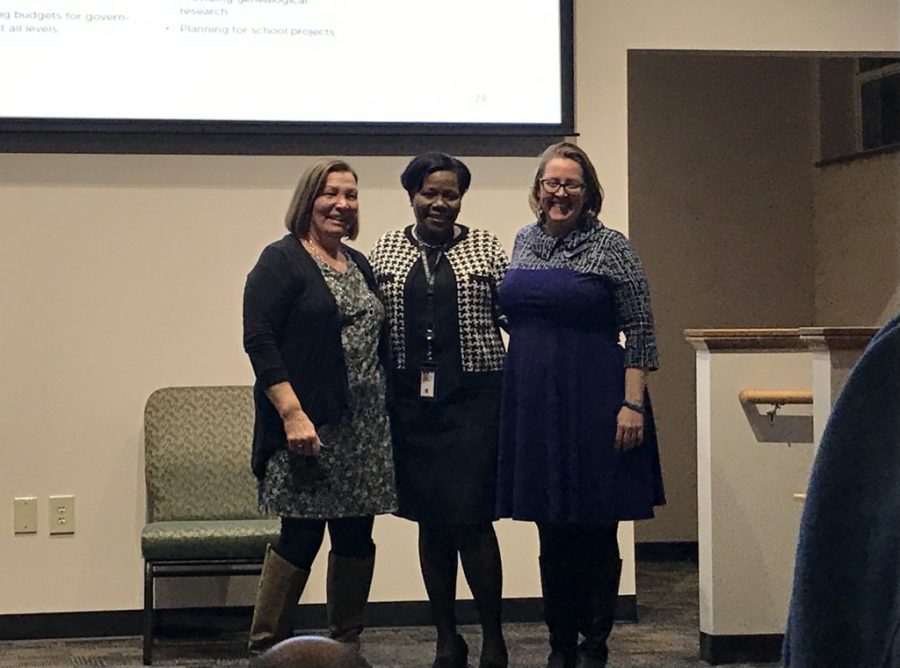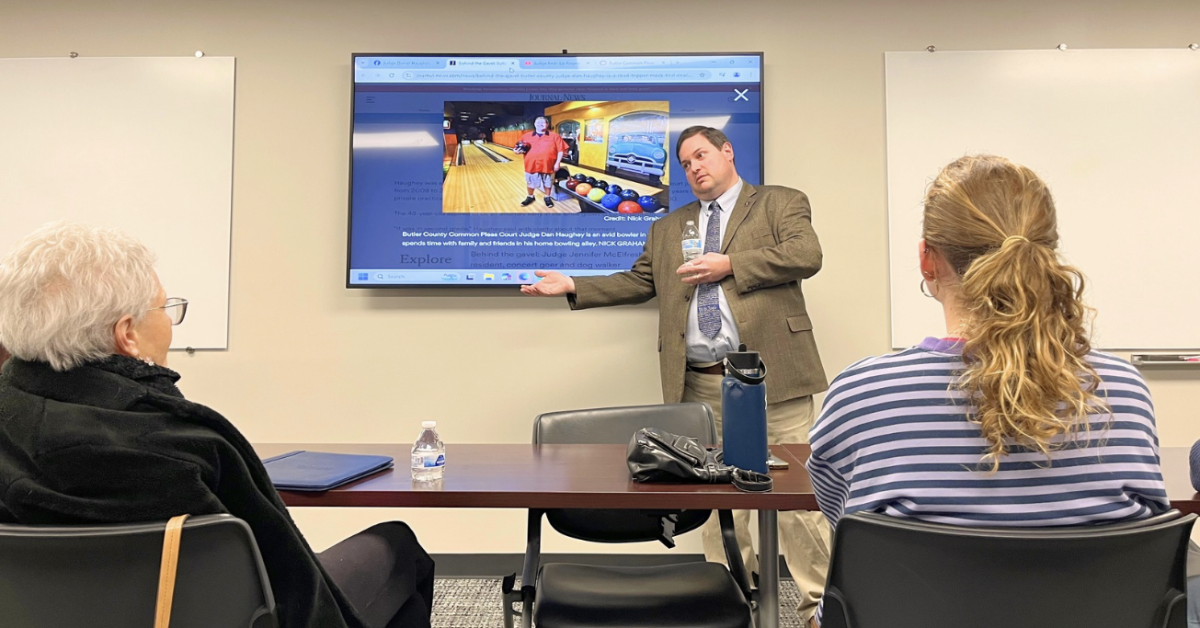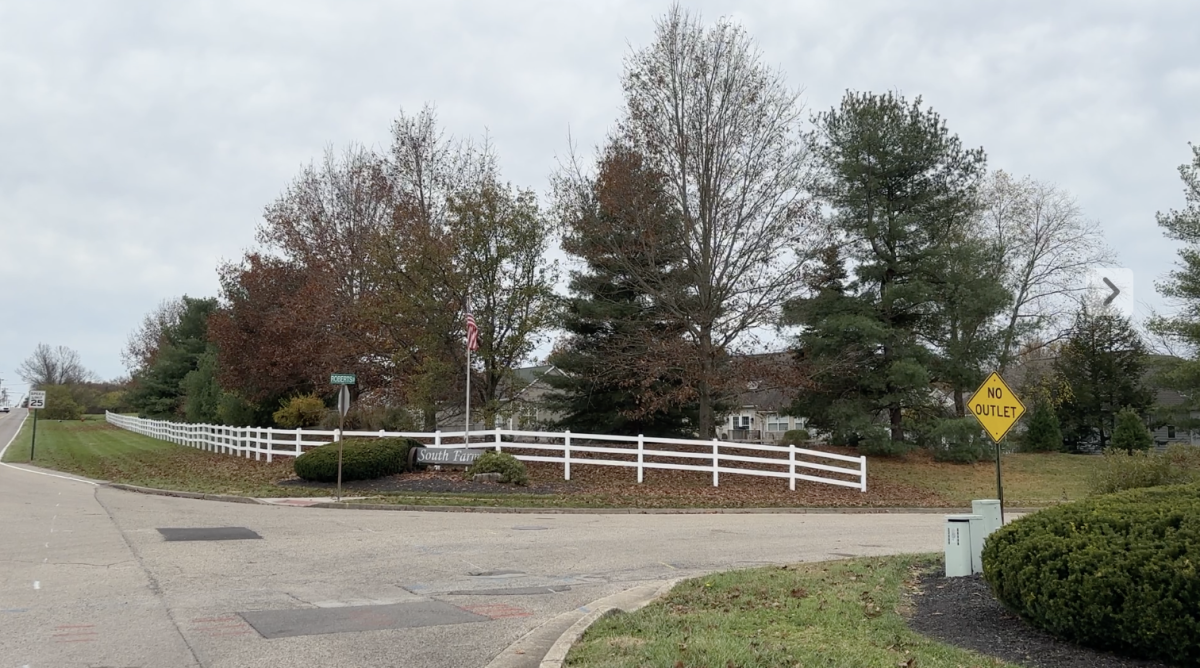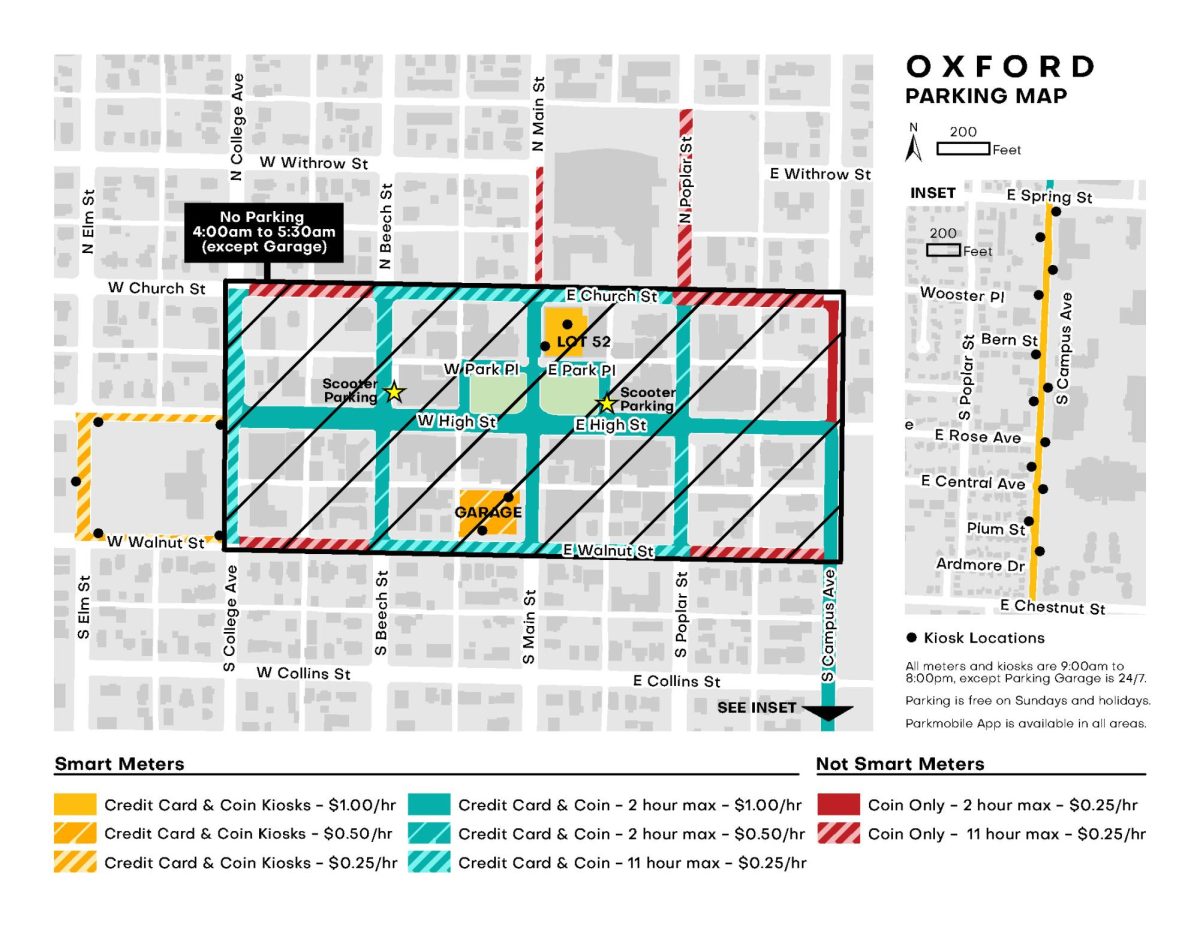Although it is a vital part of America’s history and an important cog in the machinery of government, many people still have misconceptions about the functions of the U.S. Census.
The census has been conducted every 10 years since 1790, 40 years before Oxford became an incorporated village.
A crowd of 40 gathered in the second floor of the Oxford Presbyterian Church Seminary Building on Wednesday evening to hear experts answer questions and explain its importance.
The event, hosted by the League of Women Voters (LWV) of Oxford, brought in Rose Simmons and Jen Miller as the keynote speakers. Simmons, an Ohio native, works as the Philadelphia region partnership coordinator of the U.S. Census Bureau, while Miller is the executive director of the LWV of Ohio.
While the census collects statistical information, such as a state’s or town’s population, median age, and the percentage of those without health insurance, the true importance of that information comes from how it’s used.
“We truly don’t know everything that goes on,” said Simmons, referring to how the federal government applies the information to determine how to allocate federal money.
According to the 2020 Census Complete Count Committee Guide, published by the U.S. Census Bureau, more than $675 billion is distributed to tribal, state and local governments per year by the federal government based on the census data.
This money can be used for such things as designing facilities, redistricting of state legislative districts and forecasting future transportation needs for all segments of the population.
Simmons and Miller both said the census matters only if it is accurately measured.
“There are many examples of communities in Ohio that sorely need federal or state financial support for infrastructure projects that don’t qualify because of wrong census information,” said Miller. “Therefore, it is important for every local community to work for an accurate population count in 2020.”
Inaccurate or incomplete data can occur due to participants’ fear of how the information is used and who has access to it. This may be particularly true among people who were born in other countries and may be living the United States without proper documentation.
However, federal law under Title 13 of the U.S. Code prevents the Census Bureau from sharing information with immigration enforcement or law enforcement.

Complete Count Committees
Besides encouraging cooperation with Census researchers, Simmons informed the audience on the possibility of forming a Complete Count Committee (CCC). She said that a CCC has not been formed in Oxford or Butler County, but that Oxford has a good population to start a committee.
Not managed by the Census Bureau, CCC’s are volunteer-based organizations of community members that work, according to the 2020 Census Complete Count Committee Guide, to “increase awareness and motivate residents to respond to the 2020 Census.”
Present in the audience were Oxford City Council members including Mayor Kate Rousmaniere and Vice-Mayor Steve Dana, who Simmons encouraged to look into forming such a committee.
Along with members in local government, the Census Bureau suggests leaders of the other town institutions, including Miami University, churches and businesses to join in forming CCC’s.
Who is Measured in Oxford?
Questions were asked about who actually counts in Oxford, due to the city’s varying population dependent on whether or not Miami students are in town.
Despite being “non-permanent citizens,” Simmons said that college students, including international students, are included in the count because they utilize the same resources- roads, heat, water, power- that permanent Oxford residents do.
Also, because Miami students often come from different hometowns, the Census Bureau runs tests to detect whether individual records have been duplicated.
To determine where to place the students, or anyone else who has more than one place of residence, the Census Bureau makes phone calls asking where the individual spends most of their time.
New Developments in the 2020 Census
While Census Day isn’t until April 1, 2020, work has already begun nationwide to implement changes and accomplish the Census Bureau’s goals.
Simmons said the ultimate goal is to “count everyone once, only once, and in the right place.”
In this census, respondents will be able to submit their information online, by telephone or mail for the first time ever. Simmons said the goal is to get more responses from those between the ages of 18 and 24 by providing the online option.
In April, the first Ohio Area Census Office will be opened in Columbus with other offices opening in October in Cincinnati, Cleveland, Dayton, Toledo, Akron, South Point, and Ashland or Mansfield.
On December 31, 2020, President Donald Trump will receive the apportionment counts, determined by the population figures of the census, which will be used to divide the 435 seats in the House of Representatives among the 50 states.






